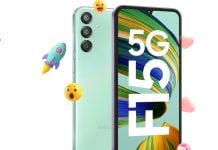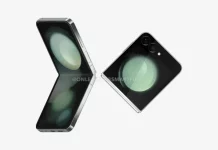Recently, smartphone makers have started focusing on offering a higher refresh rate display. While most of the flagship smartphones now come with either 120Hz or 90Hz refresh rate display, mid-range devices have also started adopting a 90Hz display.
Last year, Samsung had announced its 90Hz OLED display in which the company claims to have optimized the high-speed motion. Samsung is now saying that its 90Hz OLED panels are good as 120Hz LCD panels.
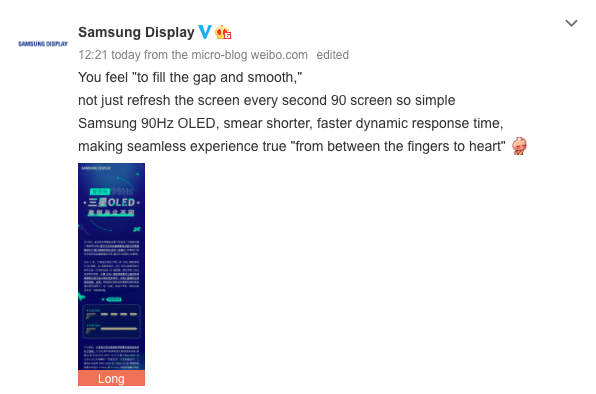
A global certification company SGS reveals that the blue length or image drag of Samsung 90Hz OLED and 120Hz OLED screens is 0.9mm and 0.7mm, and the response speed of dynamic images is recorded at 14ms and 11ms respectively.
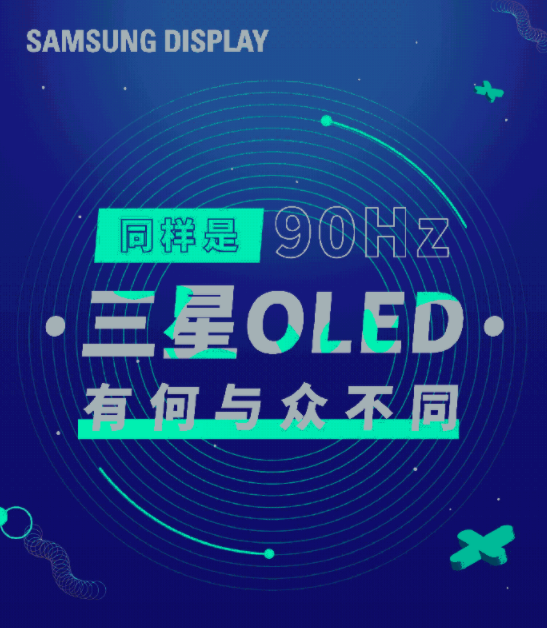
Further, the SGS evaluation shows that Samsung’s 90Hz OLED panel has a one-fifth image drag compared to 90Hz LCD — same as the 120Hz LCD smear length. On the other hand, Samsung’s 120Hz OLED image drag is shortened by one-third compared to the regular 120Hz LCD panels.
EDITOR’S PICK: Xiaomi’s 2021 flagships will be pretty expensive; no thanks to Qualcomm
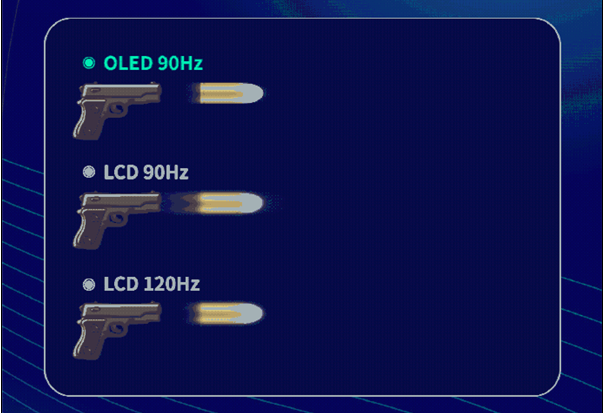
Another fundamental difference is that the OLED panels do not have liquid crystal and thus they can achieve faster response through fast electron mobility and its current-driven characteristics. This ultimately results in a more natural display panel.
For those who are unaware, the display refresh rate measures how fast the phone’s screen updates. It basically counts the number of times the screen refreshes in one second. So, a 60Hz display refreshes 60 times in a second while a 90Hz display refreshes 90 times in just one second. The faster the refresh rate, the smoother experience.
The high refresh rate screens truly show their strength where there are quick switches of scenes on screens, such as gaming and videos. While having a high refresh rate display is good, a regular user with normal usage won’t be able to notice much difference.
UP NEXT: Apple to launch 10.8-inch iPad this year and 8.5-inch iPad Mini next year

